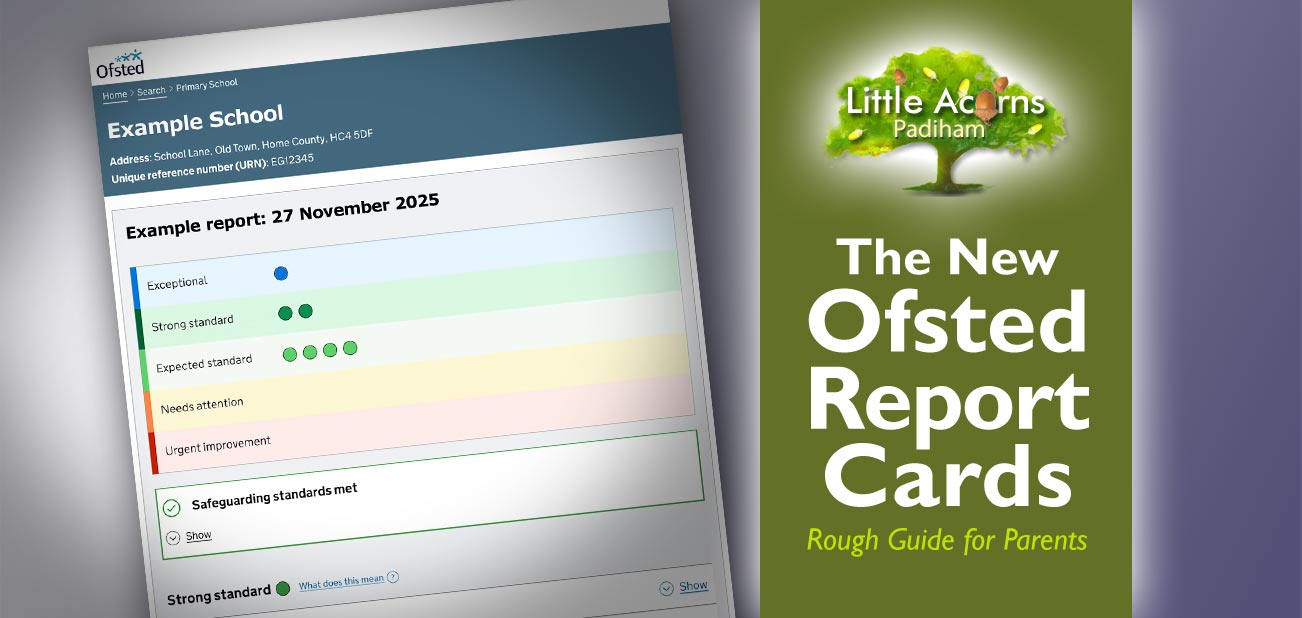
Since November 2025, Ofsted has been rolling out new-style assessments for early years providers, schools, higher education settings, and skills providers. Parents will therefore start to notice the new way of presenting Ofsted ratings. They are multifaceted, with comprehensive detail, and also provide contextual information and metrics that give greater meaning to assessment conclusions.
Key to the new Ofsted assessments is the new, multi-part Report Card. This combines a quick, colour-coded snapshot of the setting’s performance, with sub-sections that delve deeper into how the setting measured up against key areas. All of this replaces the historical approach that, until now, simply used short, some would say controversial, one or two-word “judgements” — Outstanding, Good, Requires Improvement, or Inadequate. Today, we take a look at the new Report Card, explaining how it is presented and what information this new assessment reporting will contain.
The New Ofsted ‘Report Card’
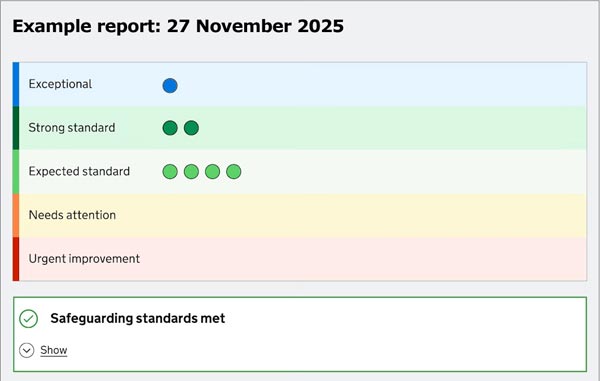
As you can see in our example, the most prominent part of Ofsted’s new Report Card is a colour-coded area that indicates how the setting performed, at a glance. Coloured dots represent key areas and what ‘grade’ they achieved, although they’re not named at this stage. The distribution of coloured dots is a way to see, very quickly, how a setting is performing overall.
- Areas judged to be ‘Exceptional’ are denoted by blue dots;
- Those with a ‘Strong standard’ are awarded dark green dots;
- Those reaching the ‘Expected standard’ are indicated by bright green dots;
- If an area ‘Needs attention’, it’s indicated by an orange dot;
- And finally, areas that need ‘Urgent improvement’ will be shown as a red dot.
If all is well at a setting, parents will see just greens and, if exceptional in any areas, blues. A good facet of this new approach is that, if a setting is doing well in many of its key areas, it will no longer “live or die” if there is a shortcoming in another key area. Yes, they may see an orange or red dot, but they’ll also be able to instantly spot that the setting is doing well in other areas (green and blue dots). So, it’s a more comprehensive and balanced way to represent a setting.
What Key Areas do the Coloured Dots Represent?
The coloured dots represent defined “key areas” assessed by Ofsted inspectors. The key areas vary a little depending on the type of setting being assessed, as listed in the tabulated sections below.
Safeguarding on the Report Card
Safeguarding features prominently on the Report Card for all types of settings. It does so in a separate section of its own, below the top colour-coded section. There are just two possibilities for the assessment of the setting’s safeguarding: either Met or Not Met. And, as with many of the subsequent inclusions on the Report Card, the Safeguarding box is expandable. Users can click the ‘Show’ link to view detailed notes explaining what the finding means (see example below) and a further link that explains how safeguarding was evaluated by Ofsted. Both links can then be closed to return to the more compact view.

The Key Areas Section of the Report Card
After the Safeguarding section comes the individual ‘key areas’ that we listed above and which were graded higher up in the colour-coded section. Grouped by attainment/colour (best/blue at the top), each now has an expandable box of its own. As with the Safeguarding box, users can click a ‘Show’ link that enables detailed Ofsted notes to be displayed. Such notes go into great detail about Ofsted’s findings about the metric in question. So, if the attainment is high, parents will be able to see how and why Ofsted thinks that to be the case. Likewise, if the attainment is lacking in some way, parents can see why Ofsted thought so and what they suggest the setting needs to do to improve matters.
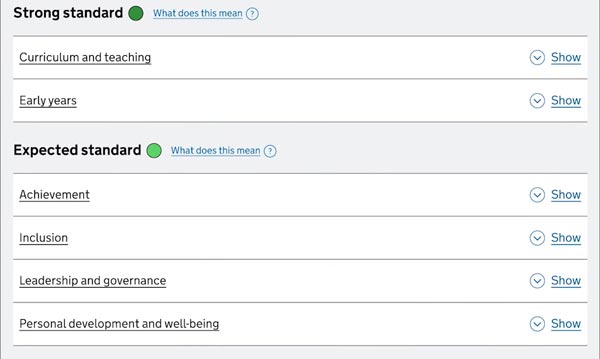
Each of the sections expands as shown for the ‘Inclusion’ example below.
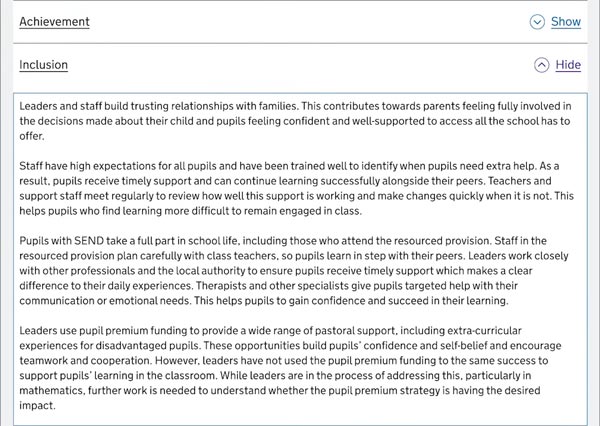
What It’s Like at the Setting & More
Below the Key Areas sections come 3 useful inclusions:
- The ‘What it’s like to be a pupil at this [setting]’ section does ‘exactly what it says on the tin’ and, if expanded to show the detail, explains what life is like at the nursery, school, further education setting or skills provider in question. It’s a new and useful inclusion for parents to consider as part of their search for an appropriate provider for their child.
- The ‘Next Steps’ section provides recommendations from Ofsted about what the provider can do to improve things (as appropriate).
- The ‘About this inspection’ section comes next and, if expanded, explains more about the inspection process on the day the Ofsted Inspector visited.
- The report card then goes on to name the Inspector(s), as well as providing a link to download the Inspection Report as an Acrobat PDF file.
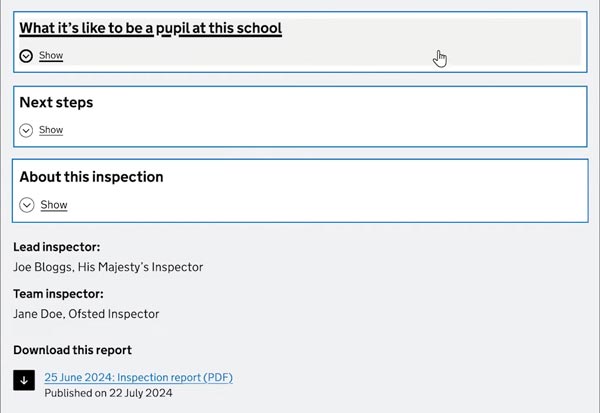
The Facts & Figures Section
The final section in the Report Card contains contextual information that provides a kind of backdrop to the setting’s situation. Examples include the number of pupils attending, the capacity of the setting, the percentage of pupils with SEND and/or an EHC plan, whether the setting is in a deprived area, and so on. Click here to view an example. Such facts and figures provide some important context, including the highlighting of some challenges they may face, and may at least partly explain performance. As such, they are a useful set of new metrics for parents to factor in when finding a provider for their child.
Little Acorns Nursery, Padiham
Rated as a ‘Good Provider’ by Ofsted
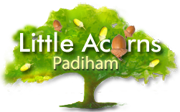
 Little Acorns Nursery, Padiham, has not yet had a new-style Ofsted assessment. However, the setting has a ‘Good Provider’ status following the most recent Ofsted inspection back in May (2025). Indeed, Ofsted rated the nursery as ‘Good’ in every category. What’s more, at the time of writing, the nursery has a review rating of 5 out of 5 on Google and 10 out of 10 on DayNurseries.co.uk — it simply doesn’t get better than that! Parents can therefore rest assured that, if they send their child to Little Acorns Nursery in Padiham, they’ll be in safe and caring hands at a childcare setting that does everything it can to nurture their learning and development. That’s all in a safe, homely, and stimulating environment.
Little Acorns Nursery, Padiham, has not yet had a new-style Ofsted assessment. However, the setting has a ‘Good Provider’ status following the most recent Ofsted inspection back in May (2025). Indeed, Ofsted rated the nursery as ‘Good’ in every category. What’s more, at the time of writing, the nursery has a review rating of 5 out of 5 on Google and 10 out of 10 on DayNurseries.co.uk — it simply doesn’t get better than that! Parents can therefore rest assured that, if they send their child to Little Acorns Nursery in Padiham, they’ll be in safe and caring hands at a childcare setting that does everything it can to nurture their learning and development. That’s all in a safe, homely, and stimulating environment.
To register your interest for a nursery place, organise a tour of the setting, or ask any questions, please get in touch using one of the options below. We can’t wait to meet you and your child!
Families outside Padiham, but living in nearby locations, may also find Little Acorns Nursery convenient for their childcare needs, for example, those in Burnley, Hapton, Rose Grove, Altham, Huncoat, Read, Simonstone, Sabden, Higham, and Wood End.
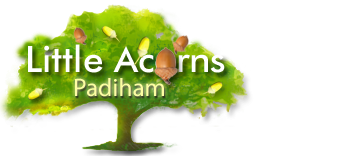
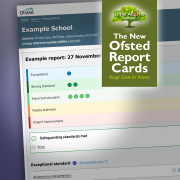
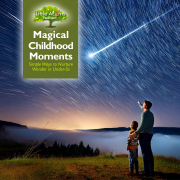
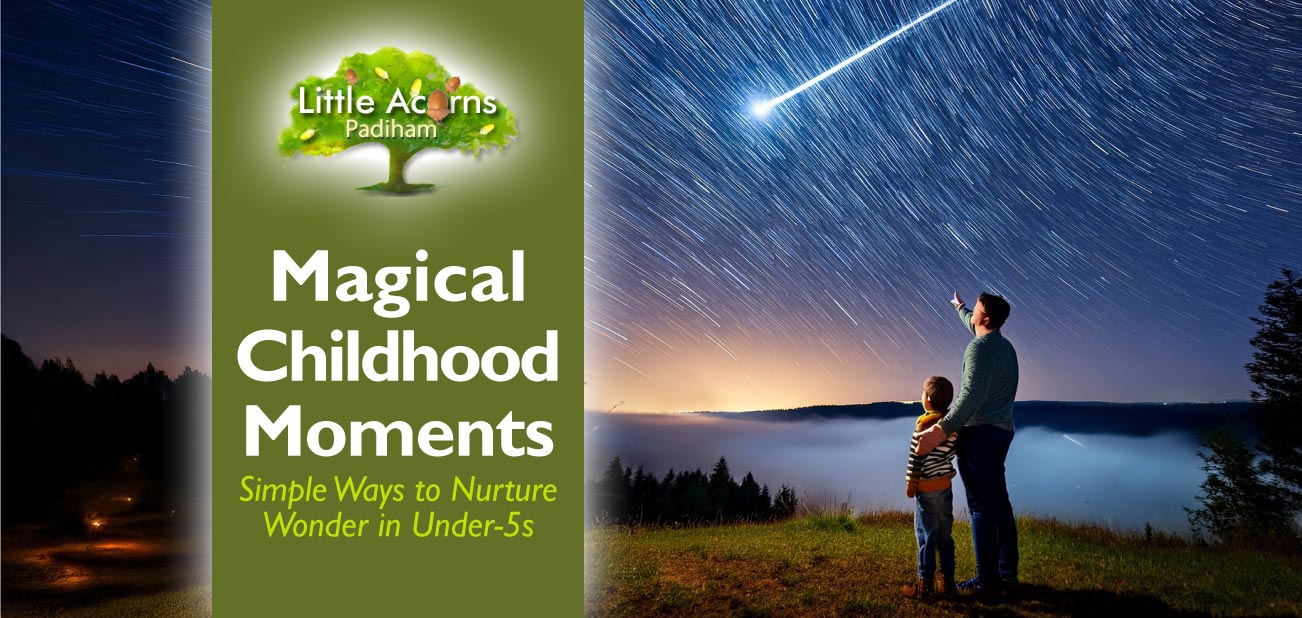
 Childhood is full of magic — not just the kind found in fairy tales, but also the quiet, everyday kind that’s instinctively fed by a child’s curiosity. Little ones have an innate sense of wonder; the world is vast, mysterious, and full of possibility. Whether they’ve discovered a camouflaged moth on a tree trunk, a rainbow stretching across the sky, or the miraculous shape of a fresh snowflake, each can feel like an amazing discovery to a young child. And they really are amazing!
Childhood is full of magic — not just the kind found in fairy tales, but also the quiet, everyday kind that’s instinctively fed by a child’s curiosity. Little ones have an innate sense of wonder; the world is vast, mysterious, and full of possibility. Whether they’ve discovered a camouflaged moth on a tree trunk, a rainbow stretching across the sky, or the miraculous shape of a fresh snowflake, each can feel like an amazing discovery to a young child. And they really are amazing!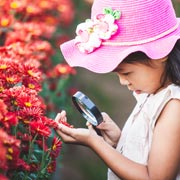 Young children experience the world differently to adults. They notice details we’ve long since stopped paying attention to — the way water ripples in a puddle, a cloud that may be shaped like an animal, or the captivating sparkle of a ‘special’ rock as it glints in the sun. To little ones, these are truly magical. What’s more, they’re all around us but, with our busy lives, go unnoticed so often by adults.
Young children experience the world differently to adults. They notice details we’ve long since stopped paying attention to — the way water ripples in a puddle, a cloud that may be shaped like an animal, or the captivating sparkle of a ‘special’ rock as it glints in the sun. To little ones, these are truly magical. What’s more, they’re all around us but, with our busy lives, go unnoticed so often by adults.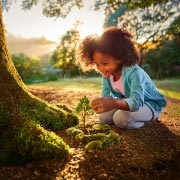 The
The  Starry nights lend us a good example. On a warm summer night, perhaps wrap up in blankets, grab a hot chocolate, and sit outside together to watch the stars. See if your child can spot a satellite on its quiet journey, or a shooting star racing across the night sky. Discuss what it might be like up there in space. Ponder whether there are other creatures on faraway planets looking back at us — perhaps a tiny speck of light to them, just as they are to us. We don’t have all the answers to such big questions, but that’s OK — it demonstrates the enormity and complexity of life and the universe — and can only increase the child’s sense of wonder.
Starry nights lend us a good example. On a warm summer night, perhaps wrap up in blankets, grab a hot chocolate, and sit outside together to watch the stars. See if your child can spot a satellite on its quiet journey, or a shooting star racing across the night sky. Discuss what it might be like up there in space. Ponder whether there are other creatures on faraway planets looking back at us — perhaps a tiny speck of light to them, just as they are to us. We don’t have all the answers to such big questions, but that’s OK — it demonstrates the enormity and complexity of life and the universe — and can only increase the child’s sense of wonder.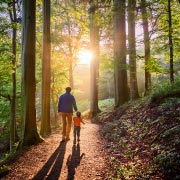
 Magical memories often come not just from what we do with our children, but how we do it. Giving a child and their special discoveries your full attention, feeding back, pondering questions, and marvelling together, all make such moments more special and memorable. The real magic lies in connection — in being fully present with your child, sharing laughter, the sense of wonder, and the warmth of togetherness. The most meaningful memories from childhood need not come from big events or expensive outings — they often come from simple moments that make a child feel curious, loved, and seen.
Magical memories often come not just from what we do with our children, but how we do it. Giving a child and their special discoveries your full attention, feeding back, pondering questions, and marvelling together, all make such moments more special and memorable. The real magic lies in connection — in being fully present with your child, sharing laughter, the sense of wonder, and the warmth of togetherness. The most meaningful memories from childhood need not come from big events or expensive outings — they often come from simple moments that make a child feel curious, loved, and seen.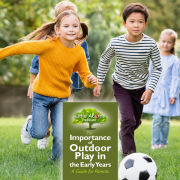
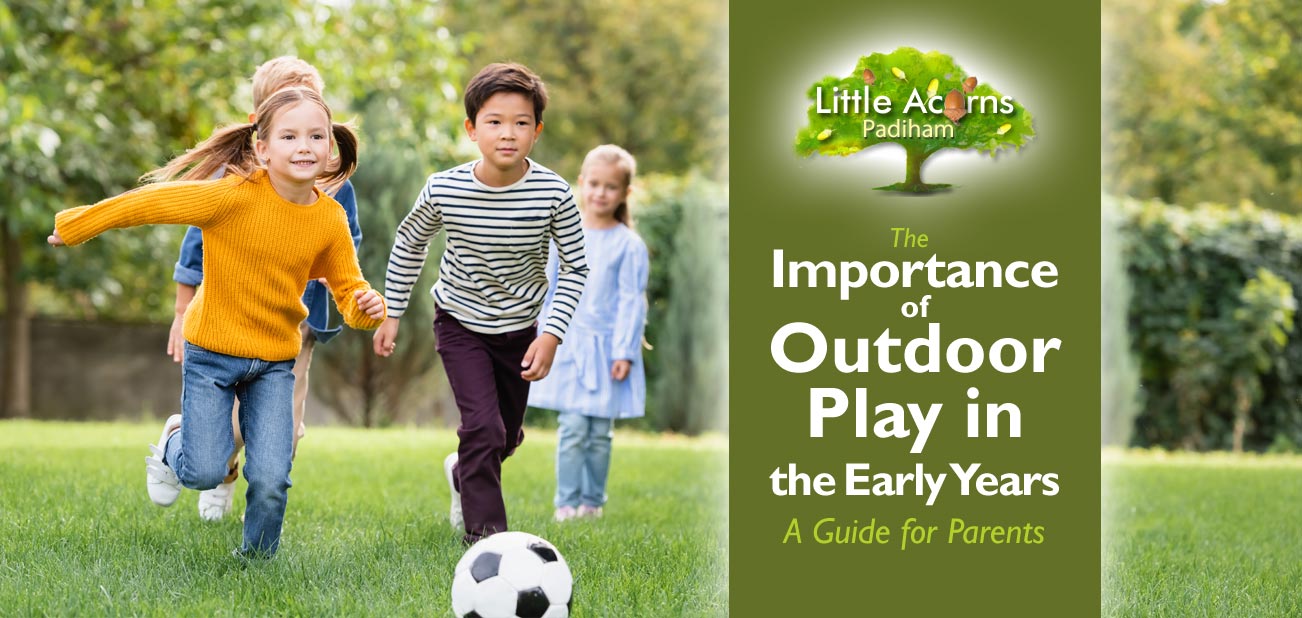
 There’s something truly magical about childhood spent outdoors — the feel of grass under little feet, the thrill of climbing onto a rustic log for the first time, the delight in spotting a ladybird on a leaf, or precious time spent playing with friends. However, in today’s busy, screen-filled world, many children spend far less time outside than previous generations. For children in their early years — toddlers and preschoolers — this simple joy isn’t just fun; it is essential for learning, growth, and wellbeing. Today’s guide explores why outdoor play is so important and offers practical ideas for making it part of everyday life.
There’s something truly magical about childhood spent outdoors — the feel of grass under little feet, the thrill of climbing onto a rustic log for the first time, the delight in spotting a ladybird on a leaf, or precious time spent playing with friends. However, in today’s busy, screen-filled world, many children spend far less time outside than previous generations. For children in their early years — toddlers and preschoolers — this simple joy isn’t just fun; it is essential for learning, growth, and wellbeing. Today’s guide explores why outdoor play is so important and offers practical ideas for making it part of everyday life.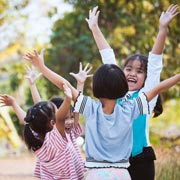 Being outdoors provides more than just fresh air — it encourages movement, sparks curiosity, inspires confidence, and helps children develop in a myriad of ways. Whether they are running across a playground, climbing a tree, or watching an insect on a leaf, children are learning about the world around them and practising skills that will serve them for years to come. Outdoor play is not an optional extra; it is a vital part of healthy early childhood development.
Being outdoors provides more than just fresh air — it encourages movement, sparks curiosity, inspires confidence, and helps children develop in a myriad of ways. Whether they are running across a playground, climbing a tree, or watching an insect on a leaf, children are learning about the world around them and practising skills that will serve them for years to come. Outdoor play is not an optional extra; it is a vital part of healthy early childhood development.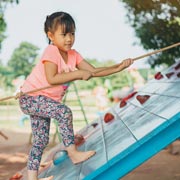 Young children need to build fitness, strength, coordination, and balance, and outdoor play is perfect for this. Running across open spaces, jumping over puddles, or navigating uneven ground all support fitness, muscular development, and bone health. Even small movements like digging in the garden or balancing on playground equipment help children grow stronger, hone balance and coordination, and become more agile.
Young children need to build fitness, strength, coordination, and balance, and outdoor play is perfect for this. Running across open spaces, jumping over puddles, or navigating uneven ground all support fitness, muscular development, and bone health. Even small movements like digging in the garden or balancing on playground equipment help children grow stronger, hone balance and coordination, and become more agile.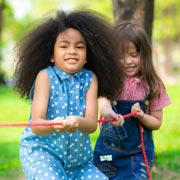 Playing outside with other children is huge fun! It also teaches important social skills, such as sharing, taking turns, and cooperating. It also nurtures emotional resilience — learning to manage disappointment when a game doesn’t go their way, or the thrill of conquering a slightly scary obstacle, helps build confidence. Outdoor play also offers children a sense of freedom and independence, which is crucial for developing self-esteem.
Playing outside with other children is huge fun! It also teaches important social skills, such as sharing, taking turns, and cooperating. It also nurtures emotional resilience — learning to manage disappointment when a game doesn’t go their way, or the thrill of conquering a slightly scary obstacle, helps build confidence. Outdoor play also offers children a sense of freedom and independence, which is crucial for developing self-esteem.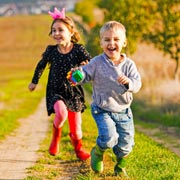 Some parents may worry that they need large gardens or special equipment to provide meaningful outdoor play, but this isn’t the case. The simplest activities can often be the most rewarding. Jumping in or over puddles, drawing with chalk on the pavement, building things with sticks, or
Some parents may worry that they need large gardens or special equipment to provide meaningful outdoor play, but this isn’t the case. The simplest activities can often be the most rewarding. Jumping in or over puddles, drawing with chalk on the pavement, building things with sticks, or 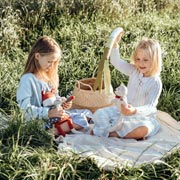 Outdoor play offers unique possibilities throughout the year. In spring, puddles, mud, and budding flowers provide endless opportunities for
Outdoor play offers unique possibilities throughout the year. In spring, puddles, mud, and budding flowers provide endless opportunities for 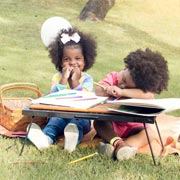 The best way to reap the benefits of outdoor play is to make it a regular part of your child’s routine. Even brief, daily sessions of outdoor activity have lasting benefits. Walks to the park, nursery, or school, time spent exploring a garden, or creating simple outdoor rituals like
The best way to reap the benefits of outdoor play is to make it a regular part of your child’s routine. Even brief, daily sessions of outdoor activity have lasting benefits. Walks to the park, nursery, or school, time spent exploring a garden, or creating simple outdoor rituals like 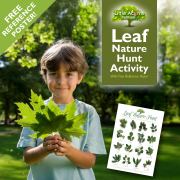
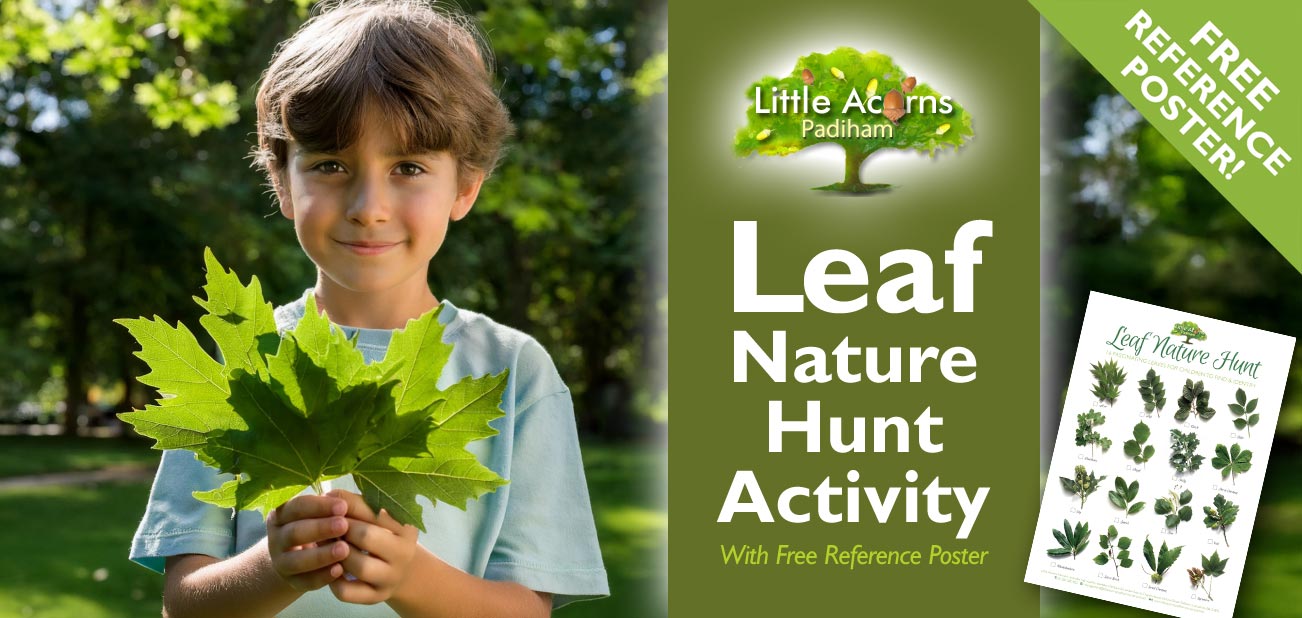
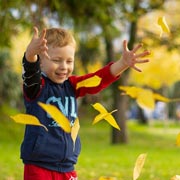 Summer and autumn are wonderful times for children to experience nature in its full glory. At such times, the natural world is brimming with colourful flora and fauna, and it’s a spectacular feast for their eyes and senses. Outdoors, little ones can learn an enormous amount about the natural world around them, enjoy some fresh air and freedom – under supervision, of course — and reap the
Summer and autumn are wonderful times for children to experience nature in its full glory. At such times, the natural world is brimming with colourful flora and fauna, and it’s a spectacular feast for their eyes and senses. Outdoors, little ones can learn an enormous amount about the natural world around them, enjoy some fresh air and freedom – under supervision, of course — and reap the 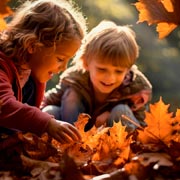
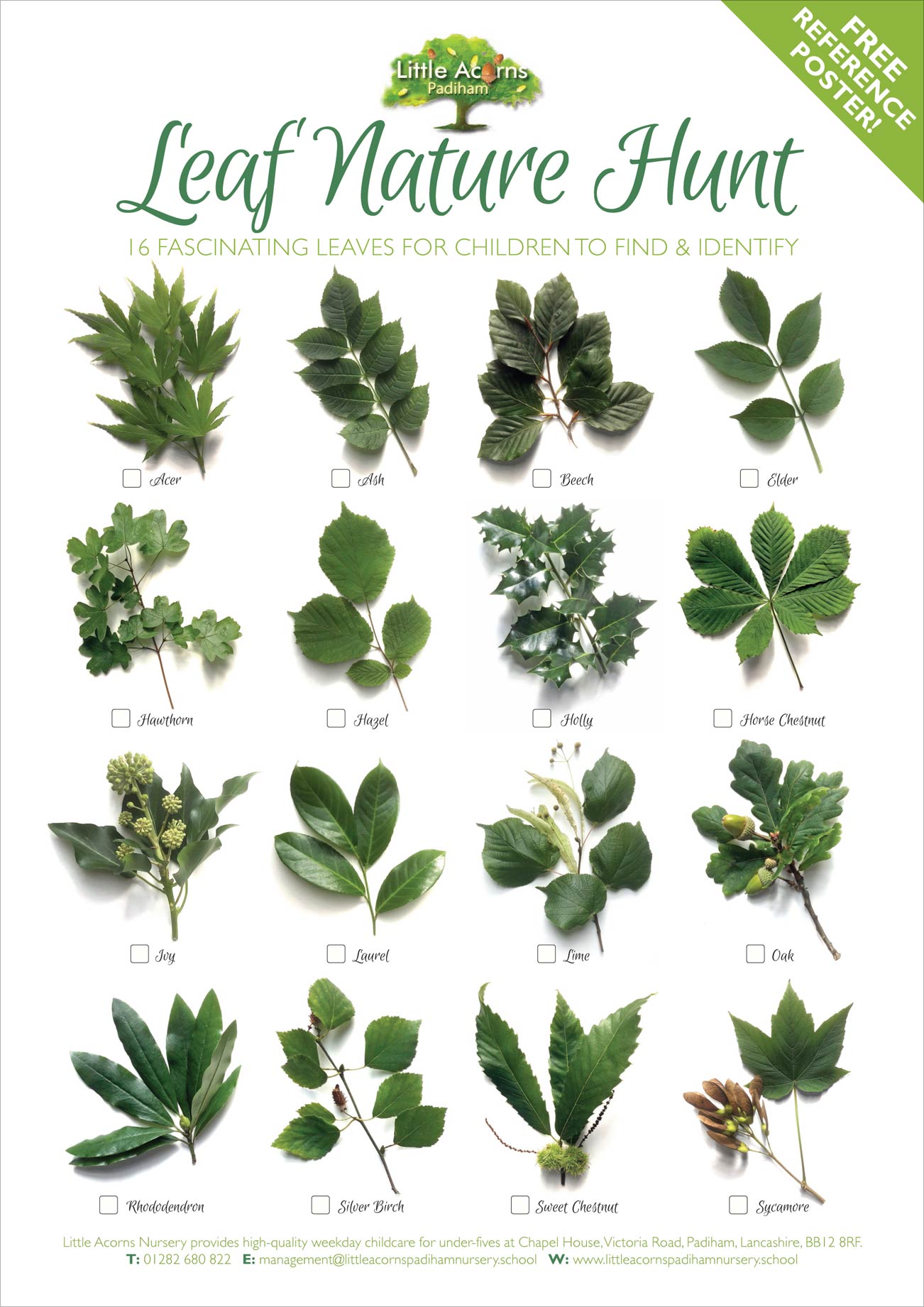
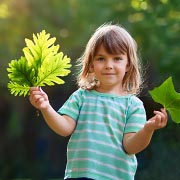 Point out the huge variety of different shapes, sizes, and textures of leaves in the natural world.
Point out the huge variety of different shapes, sizes, and textures of leaves in the natural world.
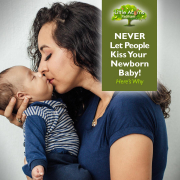
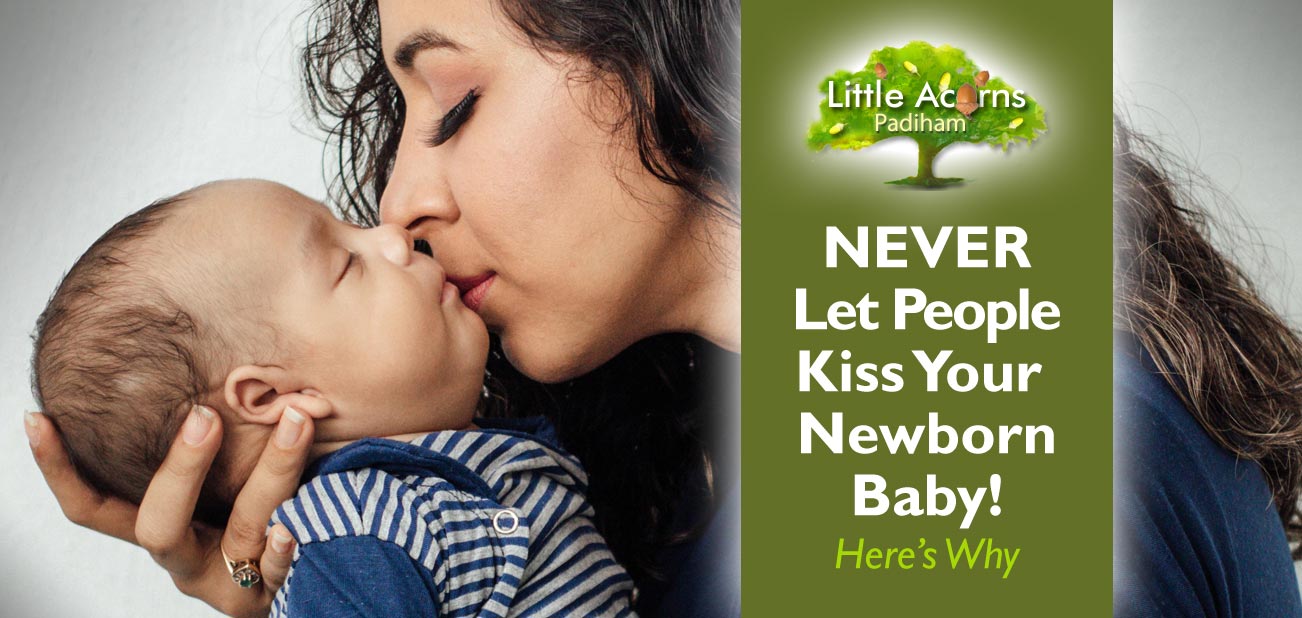


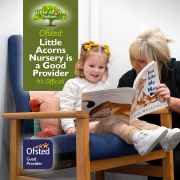
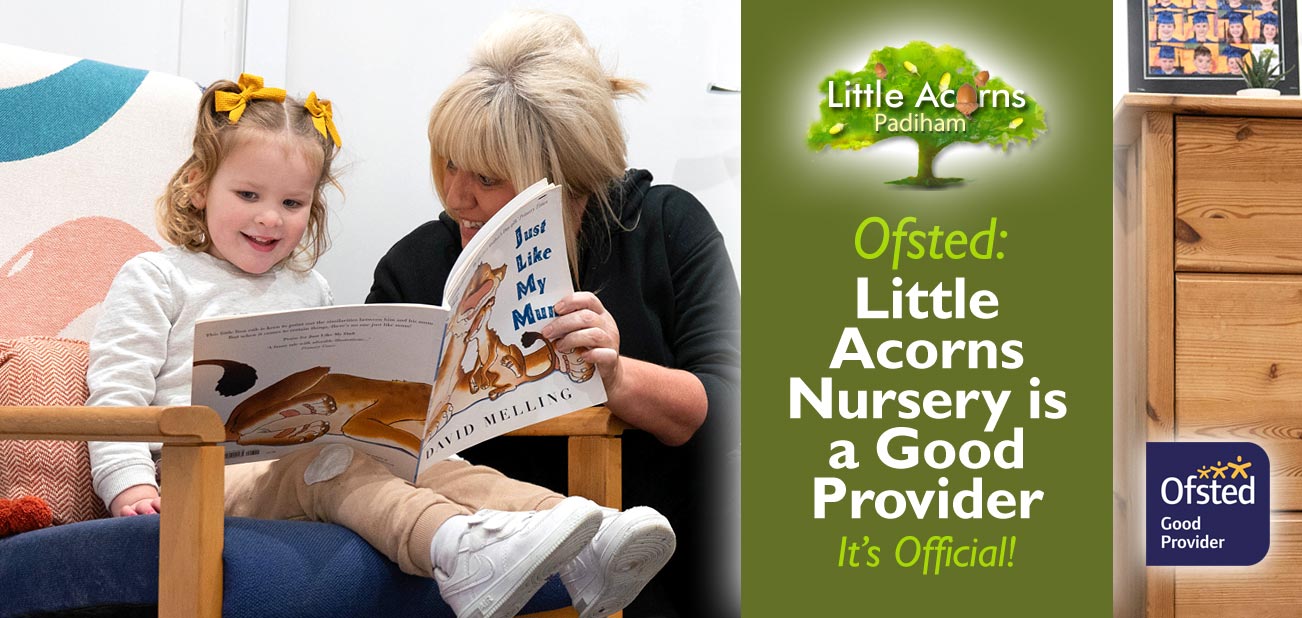
 We’re delighted to announce that Ofsted has published a stunning report for Little Acorns Nursery, Padiham. It’s now official that this excellent Padiham childcare setting is a ‘Good Provider’ — in every category! What’s more, the Ofsted inspector published some wonderfully positive comments about the nursery, staff, and quality of care as part of the report. Their findings are a testament to the high quality of the setting, the professionalism of its early years practitioners and leadership, and the positive impact the nursery has on babies and children in its care. Today, we take a deep dive into the details.
We’re delighted to announce that Ofsted has published a stunning report for Little Acorns Nursery, Padiham. It’s now official that this excellent Padiham childcare setting is a ‘Good Provider’ — in every category! What’s more, the Ofsted inspector published some wonderfully positive comments about the nursery, staff, and quality of care as part of the report. Their findings are a testament to the high quality of the setting, the professionalism of its early years practitioners and leadership, and the positive impact the nursery has on babies and children in its care. Today, we take a deep dive into the details.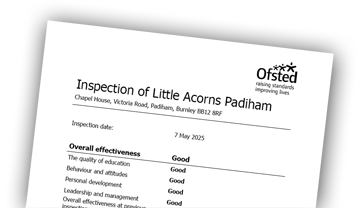

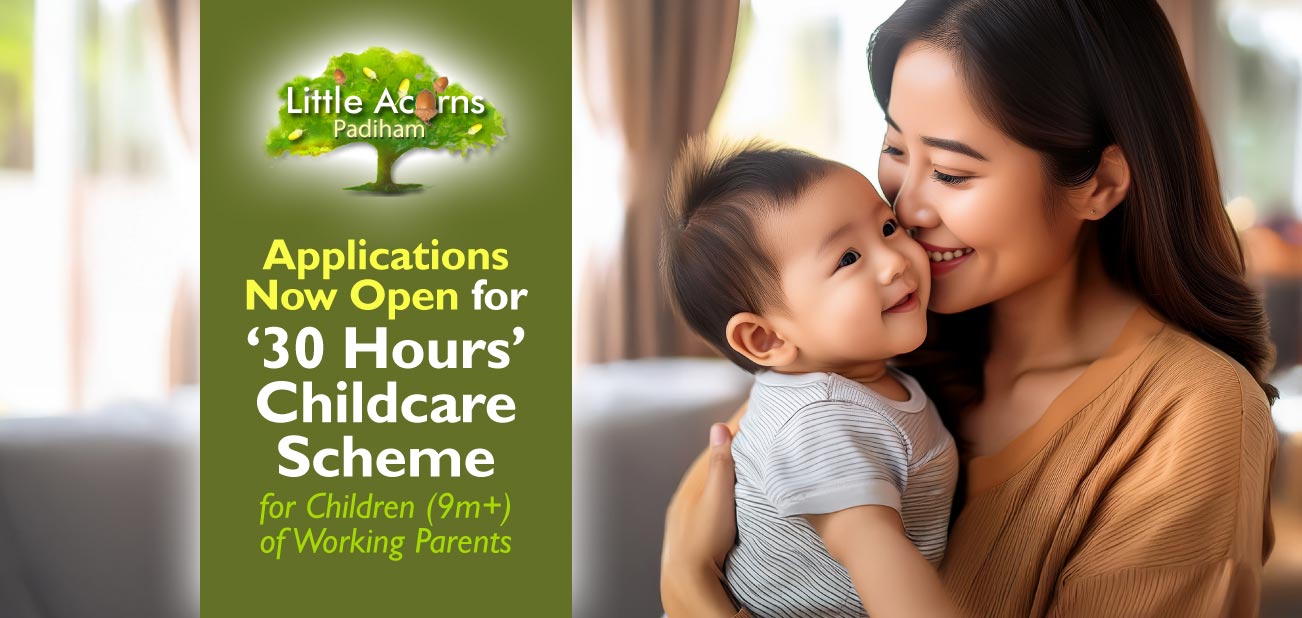
 Attention working families: applications are now open for eligible children, aged from only 9 months, to receive 1140 hours of free childcare per year from September 2025. What’s noteworthy is that this will be the first time such young infants and toddlers can access so many free hours. It effectively doubles the number of free childcare hours previously available to those under 2 via the scheme. The new, extended funding is for eligible working families, who now have until the 31st of August to apply if they would like their child(ren) to start in the September 2025 term.
Attention working families: applications are now open for eligible children, aged from only 9 months, to receive 1140 hours of free childcare per year from September 2025. What’s noteworthy is that this will be the first time such young infants and toddlers can access so many free hours. It effectively doubles the number of free childcare hours previously available to those under 2 via the scheme. The new, extended funding is for eligible working families, who now have until the 31st of August to apply if they would like their child(ren) to start in the September 2025 term. This newly extended scheme will be profoundly beneficial to parents, children, the business world, and the economy. Let’s take a look:
This newly extended scheme will be profoundly beneficial to parents, children, the business world, and the economy. Let’s take a look: The funded childcare is for children of working parents with earnings within the specific range outlined below. Under this scheme, children receiving the free hours from the September 2025 term must be aged no less than 9 months old on 1st September 2025 and free funding for those who remain eligible is available right up until school age.
The funded childcare is for children of working parents with earnings within the specific range outlined below. Under this scheme, children receiving the free hours from the September 2025 term must be aged no less than 9 months old on 1st September 2025 and free funding for those who remain eligible is available right up until school age. As our families regularly confirm, Little Acorns in Padiham is a highly-regarded childcare nursery that attracts
As our families regularly confirm, Little Acorns in Padiham is a highly-regarded childcare nursery that attracts 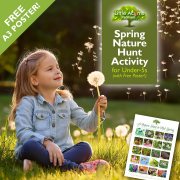
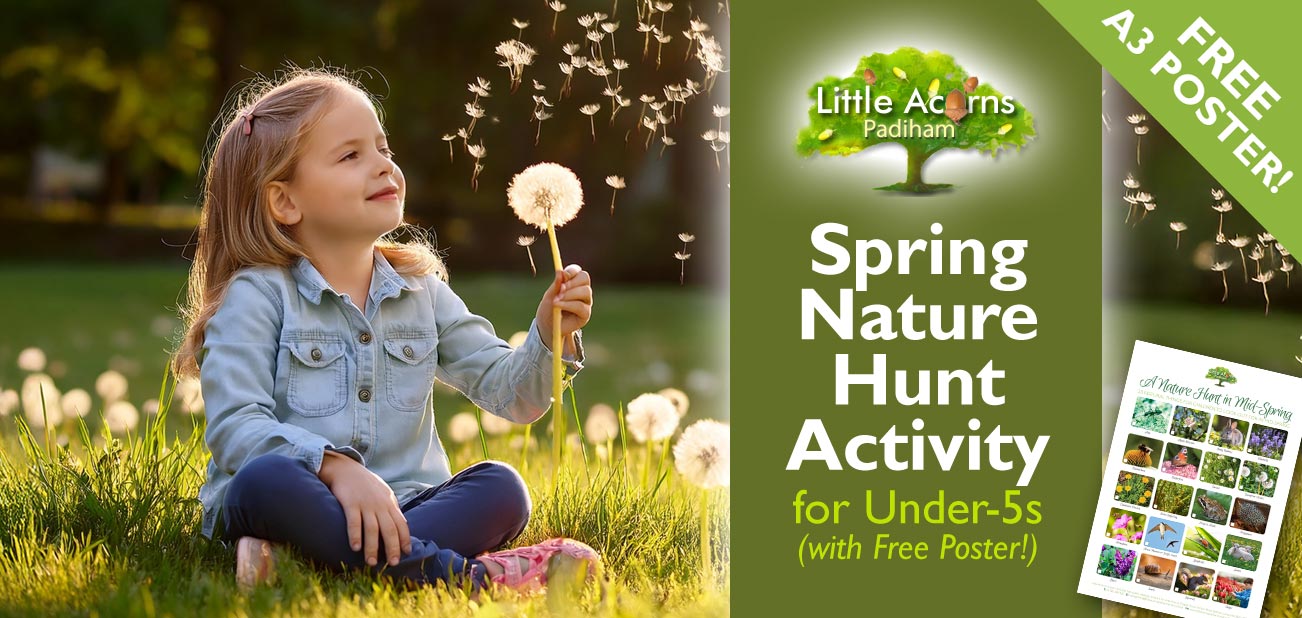
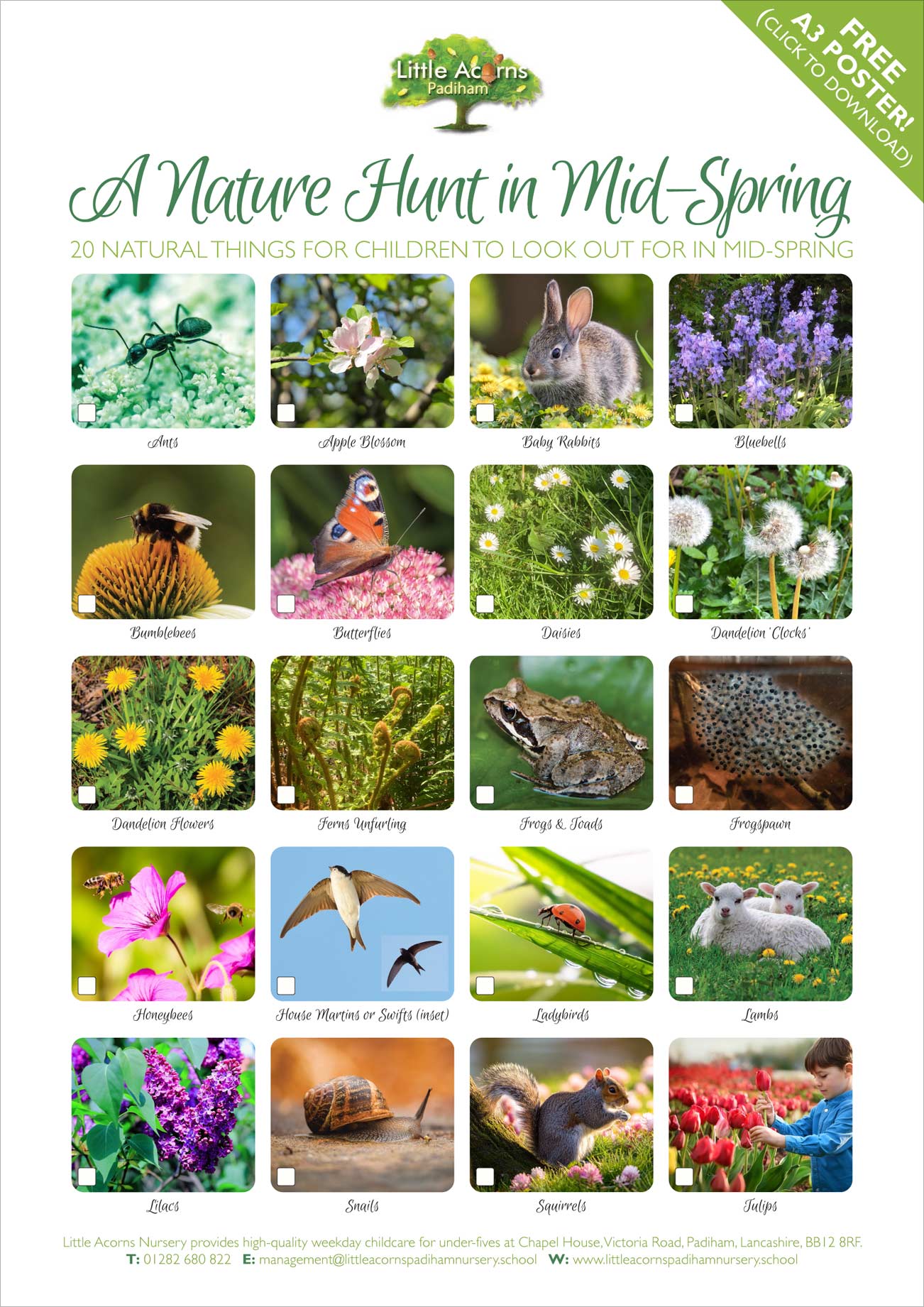
 Bluebells also come in pink or white. They’re referred to as pinkbells (also known as pink bluebells and Spanish bluebells) and whitebells (or white bluebells).
Bluebells also come in pink or white. They’re referred to as pinkbells (also known as pink bluebells and Spanish bluebells) and whitebells (or white bluebells).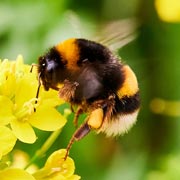 Does your child know about bee nectar baskets? Those are the little yellow leg pouches that can be seen on some bumblebees’ and honeybees’ legs. They are where the bees collect and store their nectar ready to transport back to the hive.
Does your child know about bee nectar baskets? Those are the little yellow leg pouches that can be seen on some bumblebees’ and honeybees’ legs. They are where the bees collect and store their nectar ready to transport back to the hive.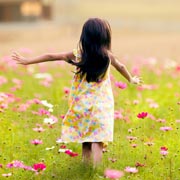 We’ve said before — and we’ll keep on saying — nature is incredibly good for children and adults alike. But what are some of the benefits, and why is nature so important to children? Well, we wrote an article about it and you can read our top
We’ve said before — and we’ll keep on saying — nature is incredibly good for children and adults alike. But what are some of the benefits, and why is nature so important to children? Well, we wrote an article about it and you can read our top 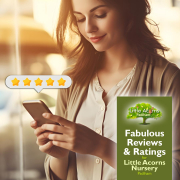

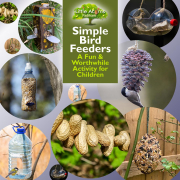
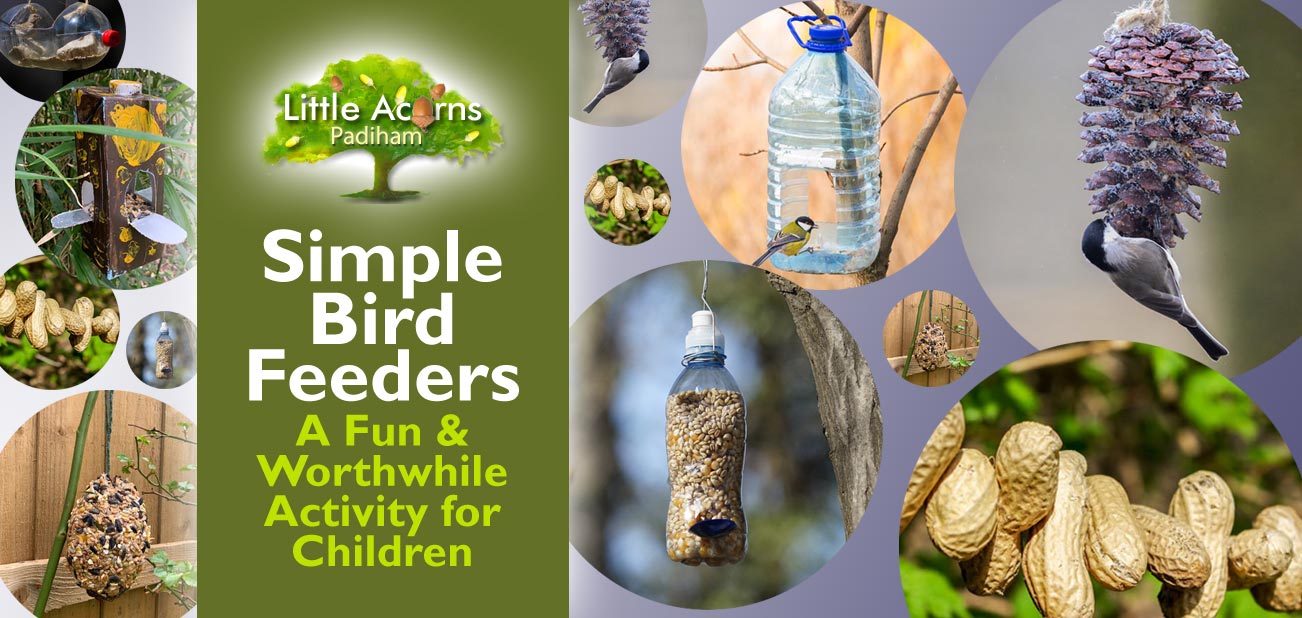
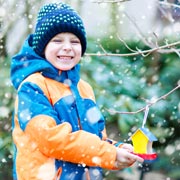 One fantastic way to encourage children to connect with nature from an early age is by making homemade bird feeders. It’s a hugely popular activity amongst children of all ages, so today’s post is all about how to get started with your child. Although bird feeders can be made at any time of the year, the activity is perfectly suited to the winter and early spring. At this time, wild birds like robins, blackbirds, doves, and sparrows are really struggling to find food. And, with World Wildlife Day arriving in the first week of March, it’s very timely. Take a look!
One fantastic way to encourage children to connect with nature from an early age is by making homemade bird feeders. It’s a hugely popular activity amongst children of all ages, so today’s post is all about how to get started with your child. Although bird feeders can be made at any time of the year, the activity is perfectly suited to the winter and early spring. At this time, wild birds like robins, blackbirds, doves, and sparrows are really struggling to find food. And, with World Wildlife Day arriving in the first week of March, it’s very timely. Take a look!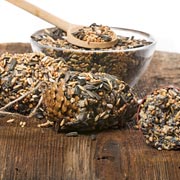 A large, dry pine cone
A large, dry pine cone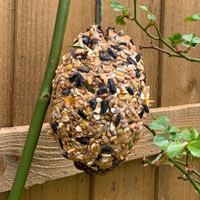 Tie a piece of string securely around the top of the pine cone to create a hanger. Then, let your child spread peanut butter all over the pine cone using a spoon or butter knife. Next, roll the sticky pine cone in a tray of birdseed until it is fully coated. Once completely covered in birdseed, hang it outside on a tree branch or hook and watch as birds come to enjoy their treats!
Tie a piece of string securely around the top of the pine cone to create a hanger. Then, let your child spread peanut butter all over the pine cone using a spoon or butter knife. Next, roll the sticky pine cone in a tray of birdseed until it is fully coated. Once completely covered in birdseed, hang it outside on a tree branch or hook and watch as birds come to enjoy their treats!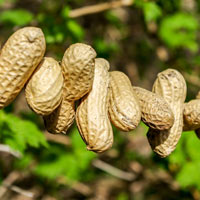 Carefully thread the string through the outer shell of the monkey nuts, tying knots if needed to keep them spaced apart. Once you have a long garland, either tie the ends together to form a loop that can be suspended vertically or attach each end to stretch them horizontally between branches of twigs on a tree or bush. Once birds are used to the new addition to the garden, watch as blue tits, great tits and others enjoy cracking open the shells!
Carefully thread the string through the outer shell of the monkey nuts, tying knots if needed to keep them spaced apart. Once you have a long garland, either tie the ends together to form a loop that can be suspended vertically or attach each end to stretch them horizontally between branches of twigs on a tree or bush. Once birds are used to the new addition to the garden, watch as blue tits, great tits and others enjoy cracking open the shells!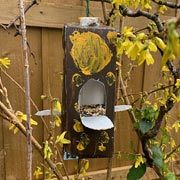 Cut out one or more large holes on the sides of the carton to create openings (adults should do this part for younger children). Thread can be attached at the top – try trapping it under the lid or get an adult to thread it through a hole. Let your child decorate the feeder with paint, stickers, or non-toxic markers. Fill the carton up to the opening(s) with birdseed and hang it up in your garden or balcony.
Cut out one or more large holes on the sides of the carton to create openings (adults should do this part for younger children). Thread can be attached at the top – try trapping it under the lid or get an adult to thread it through a hole. Let your child decorate the feeder with paint, stickers, or non-toxic markers. Fill the carton up to the opening(s) with birdseed and hang it up in your garden or balcony.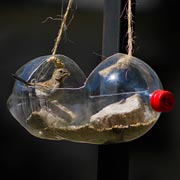 A clean, empty clear plastic water bottle
A clean, empty clear plastic water bottle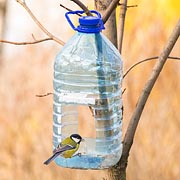 There are a few options for this type of bird feeder, as indicated in the photo examples. Either way, small feeding holes or ‘hatches’ will need to be cut (by a supervising adult) as openings. Optionally, cut small holes on opposite sides of the bottle and insert wooden spoons or sticks through them to create perches. Fill the bottle with birdseed and tie a string to hang it outside. Watch as birds land on the perches and enjoy their treats!
There are a few options for this type of bird feeder, as indicated in the photo examples. Either way, small feeding holes or ‘hatches’ will need to be cut (by a supervising adult) as openings. Optionally, cut small holes on opposite sides of the bottle and insert wooden spoons or sticks through them to create perches. Fill the bottle with birdseed and tie a string to hang it outside. Watch as birds land on the perches and enjoy their treats!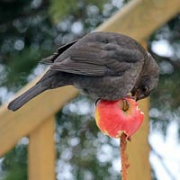 Expose some of an apple’s sides by removing some of the skin. Then, either attach string through (or around) the apple and hang it from a branch outside, or push a stick into it (carefully aimed away from you in case it goes right through) and push the other end into the ground. Watch as birds peck away at the tasty treat! Blackbirds, in particular, love apples!
Expose some of an apple’s sides by removing some of the skin. Then, either attach string through (or around) the apple and hang it from a branch outside, or push a stick into it (carefully aimed away from you in case it goes right through) and push the other end into the ground. Watch as birds peck away at the tasty treat! Blackbirds, in particular, love apples!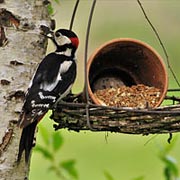 Our personal favourite and key recommendation is sunflower hearts. These are the little kernels inside sunflower seeds and the good news is that by buying them as sunflower ‘hearts’, birds don’t need to remove the shells. Robins, blackbirds, doves, dunnocks, bluetits, great tits and pigeons love them! They’re generally inexpensive, in our experience, and are available widely, including in supermarkets.
Our personal favourite and key recommendation is sunflower hearts. These are the little kernels inside sunflower seeds and the good news is that by buying them as sunflower ‘hearts’, birds don’t need to remove the shells. Robins, blackbirds, doves, dunnocks, bluetits, great tits and pigeons love them! They’re generally inexpensive, in our experience, and are available widely, including in supermarkets.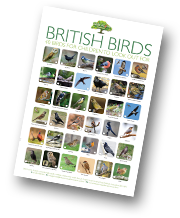 Once your bird feeder is in place, keep an eye out for common garden birds. Typically, birds that are attracted to bird feeders in gardens include robins, bluetits, sparrows, and dunnocks although it does depend on what food you put out for them. Children are also likely to see larger birds like blackbirds, doves, pigeons, magpies and even crows, as they are likely to scavenge underneath for seeds that have dropped from the feeders. To help children identify which birds visit, ensure you have printed out our
Once your bird feeder is in place, keep an eye out for common garden birds. Typically, birds that are attracted to bird feeders in gardens include robins, bluetits, sparrows, and dunnocks although it does depend on what food you put out for them. Children are also likely to see larger birds like blackbirds, doves, pigeons, magpies and even crows, as they are likely to scavenge underneath for seeds that have dropped from the feeders. To help children identify which birds visit, ensure you have printed out our